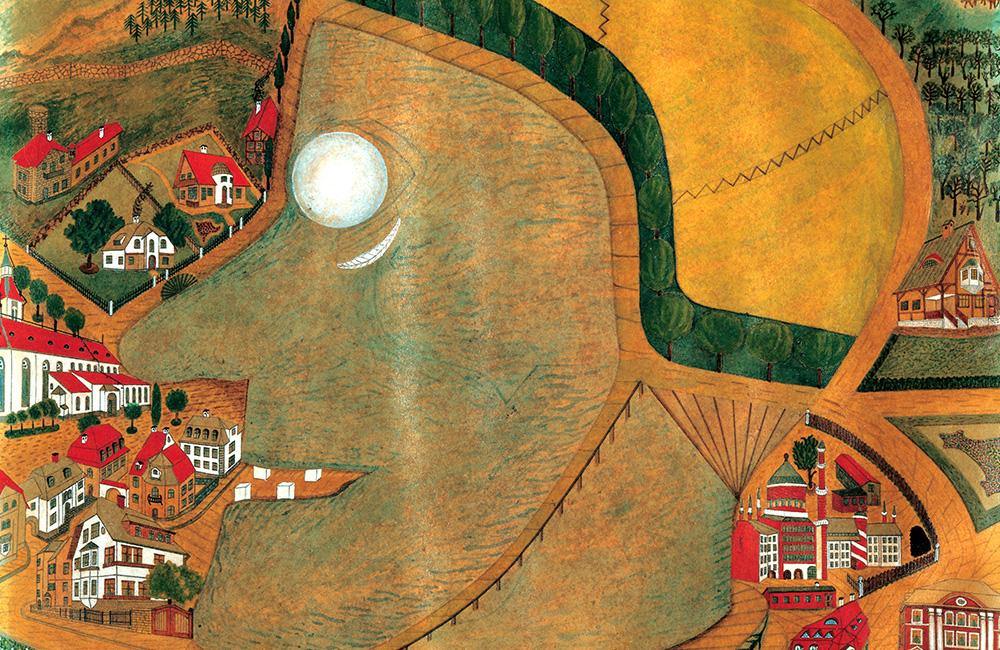First published: Summer 2005
In his pioneering book Bildnerei der Geisteskranken (Artistry of the Mentally Ill) (1922) the art historian and psychiatrist Hans Prinzhorn (1886–1933) introduced ten ‘schizophrenic masters’ at length. One of these discoveries was the electrician August Natterer (1858–1933) whose pictorial records of a vision especially fascinated Prinzhorn. For him Natterer’s drawings were the outstanding example of what could be called ‘insane’ in an art work. Especially about The Miracle Shepherd, he wrote:
‘Perhaps in no other picture do we confront the specifically schizophrenic emotion as helplessly...’
He explains this with the ‘quality of strangeness and the uncanny’ which he experienced and which ‘agitates and fascinates us so much’. And he rationalises:
‘Both means ... which offered us the possibility of entering into schizophrenic conceptual complexes are blocked, the rational as well as the aesthetic.’

Prinzhorn’s book made August Natterer famous (if under the pseudonym ‘August Neter’). His works have been reproduced more often than those of any other artist in the Heidelberg Prinzhorn Collection, for many they even stand for the collection. We share Prinzhorn’s appreciation of Natterer’s pictures, but perhaps for different reasons. We do not share the author’s experience of the uncanny and aesthetic inaccessibility. It is worth asking why – what has changed in the attitude towards the works of this outsider artist?
We should begin by looking at the man and his work more closely. August Natterer, born near Ravensburg in 1868, grew up in Stuttgart and became an electrician there. After serving in the army for a year he continued his training in mechanics in and around his hometown, then worked in different places abroad for a while, in Switzerland, France and the USA. Returning to Germany in 1893, he moved around until in 1896 he finally settled in Wuerzburg, when he married and started his own business.
He acquired a high professional standing and established an important relationship to the University of the city, producing special instruments and machines for professors like Wilhelm Roentgen, the discoverer of the X-Rays. When in 1902 the University employed their own technician, Natterer suffered, not only financially. His search for professional alternatives in the following years all failed and he became slowly desperate.
In 1907 he started working obsessively at his own inventions and patents. He became agitated, couldn’t sleep any more and felt increasingly exhausted. Unable to pursue his business he went to Stuttgart for a change and visited his family. But his restlessness persisted, combined with hypochondriac tendencies and apocalyptic fears. In October, after an attempt to open his arteries, he was sectioned to the psychiatric hospital in Rottenmünster. In 1909, for financial reasons, he was moved to the Weissenau asylum. On his insistence he was transferred back to Rottenmünster in 1917 where he stayed until his death in 1933.
This is an article extract; read the full article in Raw Vision #51




